An unforgettable journey through the forests, glaciers, steppes, deserts and the highest mountains of the world, bicycle tours, boats, horses and walk in our own strength . A trip to exploit the senses
Day 1:
Arrival in Buenos Aires. Transfer to the hotel Central.
Day 2:
Breakfast. Then we explore the city by bike with different streets, squares and parks of the Argentina capital. Our route through the bustling metropolis leads among other things to the port inside the crowded La Boca and residential areas of the upper class in La Recoleta. At night you can enjoy show why Buenos Aires is considered the cradle of this emotional and elegant dance (not included) in a tango enthusiast.
Day 3: Today we fly to the south, specifically to El Calafate in Patagonia. We experience the special charm of this landscape, which Saint-Exupery also recorded in its books. In the afternoon we can relax in our cozy lodge facilities or a short walk to the nearby Lago Argentino. There you have the option to visit the small lagoon Nimez, which is home to flamingos and many other bird species (visits not included).
Day 4: This will be a very intense day, starting with the visit of one of the main attractions of the route, the great Perito Moreno glacier, unique in the world for its particular progress on that front peninsula and its bursting. For those who wish can make an ice trekking on irregular surface privilege of very few in the world.
Day 5: After reaching the mountain village of El Chalten two-day trek starts through the fascinating and beautiful mountain scenery of the Fitz Roy, magnificent lagoons and impressive forests last massif. Since our establishment, we walked first past the White Glacier and reach the ponds of Mother and Daughter. In the afternoon we arrived at our camp near the glacier of Cerro Torre.
Day 6: After a night of camping in the stunning mountains of Fitz Roy massif, walked to the spectacular Laguna del Cerro Torre. From here you can enjoy an unforgettable view of the granite obelisk and surrounding lakes and glaciers. In the afternoon return to El Chalten. Here you can stop at one of the quaint bars and stop reviewing every experience tasting the homemade beer. Optionally, you can spend day doing trekking on a glacier.
Day 7: This day is called «Back to the road.» Along the famous Route 40, which passes through the vastness of Patagonia, there are numerous large pastures surrounded stays. In one especially nice staying. To feel even more immersed in the landscape to explore the steppe horse freely in the vastness. In the evening we enjoy an «asado» traditional. This classic is Argentinean grill specialty and can capture the hearts of carnivores !!
Day 8: Route 40 takes us further north. In the morning visit through a beautiful canyon, the Cueva de las Manos, whose prehistoric paintings are declared World Heritage by UNESCO. With a little luck we are on our way to Argentina several representatives of wildlife, such as guanacos. After a picnic lunch we will have a trail of 3 hours by the ravine up to the road and the people continue to stay Perito Moreno.
Day 9: We travel through a steppe landscape of Río Mayo to Esquel. On the way we enjoy a break in a small picnic before reaching our destination for the night.
Day 10: Today we hike through Los Alerces National Park, which takes its name, ancient larch forests. Then visit the Lake Puelo. Its value is needed now, because we’re going to do rappel in the vertical rock faces directly on the shores of the lake. As a reward awaits the «roast» popular (Argentina specialty). In the afternoon we arrived to the Andean town of El Bolson. The small town is known for its relaxed atmosphere, which many artists who have settled here due. The night is to explore this beautiful city.
Day 11: In the morning we will explore the Piltriquitrón and its surroundings on foot. Here we see a Patagonian forest back to life after a fire. In the afternoon we return to El Bolson. If you have not visited the small shops and the beautiful studies of the village the day before, now you have the opportunity to do so. Or enjoy a glass of wine in one of the cozy cafés and enjoy
Day 12: We will now begin our bike tour three days through the magnificent lake district of Bariloche, which is also known as «the Switzerland Argentina». The slightly undulating but not hilly region is great for our trip. At first they began to sweat in some difficult climbs. They will be more than 40 kms to the Manso river sailing culminate in our rafts to the milestone border with Chile.
Day 13: In the morning we still have some time to get to know Bariloche. The lively town is located on Lake Nahuel Huapi and likes to play with the image of the «Argentina Switzerland». On our second day bike we pass through many viewpoints that offer us wonderful panoramas. Today’s milestone is Villa La Angostura on the other side of Lake Nahuel Huapi to arrive after sailing catamaran and finish with 12 kms of forest path with our bikes.
Day 14: The last leg of our bike tour takes us to the shores of Lake Correntoso for a picnic, then we will transport via San Martin de los Andes to our destination on the shores of Lake Aluminé, near the border with Chile. Last chance to enjoy this fantastic landscape that will make it difficult for us to say goodbye.
Day 15: minibus continue on Route 40 north. In Payunia we will make a detour to one of the largest volcanic landscapes of the world. More than 400 craters and lava flows, over 100 km stretch across the country, make a strange landscape, which could serve as a backdrop for science fiction movies. Overnight in tents with a local family.
Day 16: With numerous stops on Route 40 will travel to the small town of La Consulta south of Mendoza. For the hospitality of the families of the cooperative «Caminos de Altamira». In the evening we celebrate with them Folk Festival with traditional music, grilled specialties and local wine. Salud!
Day 17: Cycling and horse, visited several members of the cooperative «Caminos de Altamira». In his small family farms that give us an idea of their culture and daily life, it is even possible to lend a hand with homework. Knead and bake bread, make plantations of fruit and produce small works in ceramics. To end the day we will meet in a bar to have dinner together.
Day 18: Today is a special day for all lovers of the Andes: Walk in the Aconcagua Park. After control station Horcones (2,750 m) and completing the necessary paperwork will be able to camp in Confluence (3,300 m). In 15 minutes we find the Laguna de Horcones, in which a part of the impressive south face of Aconcagua is reflected. After another 45 minutes you reach the Broken Peach and shortly afterwards reach the Horcones River. Up to .campamento Confluence, where we spend the night. The total time to walk on that day is 3.5 to 4 hours.
Day 19: The second day of our trek takes us within 4-5 hours at a unique point of view at 4100 m. From there you can admire the south face of Aconcagua in full size. Its conquest is among the most difficult ascents worldwide. If you are still fit, we will continue our walk for another hour and reach the camp Plaza Francia (4200 m). Here you have the south face of Aconcagua in more detail, then about 8 hours walk back to the road to travel and stay in the city of Mendoza.
Day 20: In the morning we will tour several wineries nearby to the City and to say goodbye with a good glass of red wine. In the afternoon we flew back to Buenos Aires and enjoy the last night in this fascinating country.
Day 21: Today we say goodbye to Argentina and traveled with exciting memories in the luggage back home. Transfer to the airport. On request we can arrange a return flight for you.
Services included:
- 17 nights accommodation in 3 star Hotel
- 3 nights in camp
- 20 breakfasts, 6 lunches, 6 dinners
- Transfers
- Trained bilingual guides.
- All tours specified in the itinerary
- It includes specified entries
Services not included:
- Other services not specified
- Income National parks, museums and others not specified in the program
- Tipping
- Airport taxes
Consultations info@latinareal.tur.ar

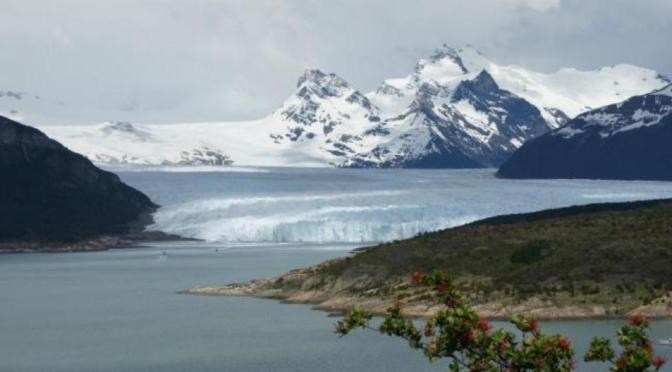
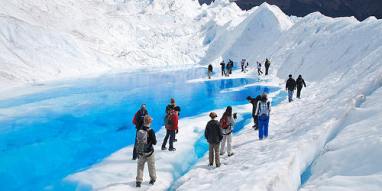
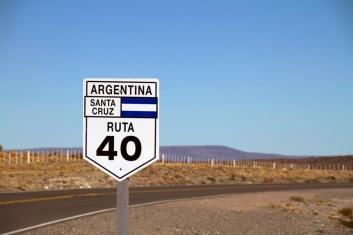

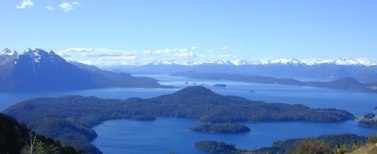

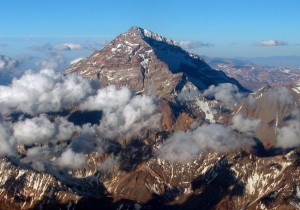

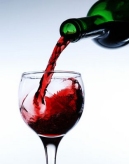
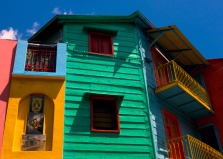
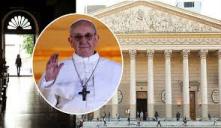
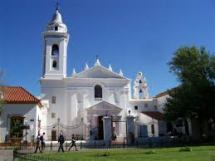

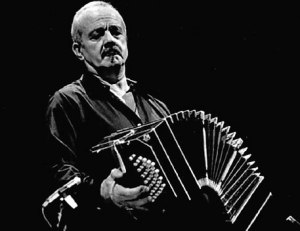 natural border between Argentina and Uruguay, and soon spread to the rest of the world.
natural border between Argentina and Uruguay, and soon spread to the rest of the world.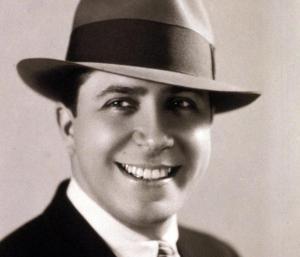 ern day Tango. The dance originated in lower-class districts of Buenos Aires and Montevideo. The music derived from the fusion of various forms of music from Europe. The word «tango» seems to have first been used in connection with the dance in the 1890s, possibly related to the latin word «tangere» but more likely related to the African slave word «tango» (drum or dance place).
ern day Tango. The dance originated in lower-class districts of Buenos Aires and Montevideo. The music derived from the fusion of various forms of music from Europe. The word «tango» seems to have first been used in connection with the dance in the 1890s, possibly related to the latin word «tangere» but more likely related to the African slave word «tango» (drum or dance place).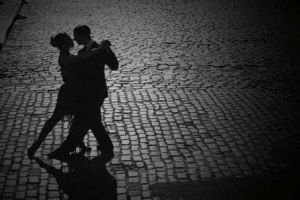 travelled to Europe, and the first European tango craze took place in Paris, soon followed by London, Berlin, and other capitals. Towards the end of 1913 it hit New York in the US, and Finland. In the US around 1911 the word «tango» was often applied to dances in a 2/4 or 4/4 rhythm such as the one-step. The term was fashionable and did not indicate that tango steps would be used in the dance, although they might be. Tango music was sometimes played, but at a rather fast tempo. Instructors of the period would sometimes refer to this as a «North American tango», versus the so-called «Argentine Tango». By 1914 more authentic tango stylings were soon developed, along with some
travelled to Europe, and the first European tango craze took place in Paris, soon followed by London, Berlin, and other capitals. Towards the end of 1913 it hit New York in the US, and Finland. In the US around 1911 the word «tango» was often applied to dances in a 2/4 or 4/4 rhythm such as the one-step. The term was fashionable and did not indicate that tango steps would be used in the dance, although they might be. Tango music was sometimes played, but at a rather fast tempo. Instructors of the period would sometimes refer to this as a «North American tango», versus the so-called «Argentine Tango». By 1914 more authentic tango stylings were soon developed, along with some 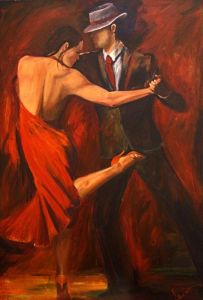 variations like Albert Newman’s «Minuet» tango.
variations like Albert Newman’s «Minuet» tango.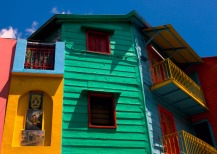 Stadium of Boca Juniors Club and Museum.
Stadium of Boca Juniors Club and Museum.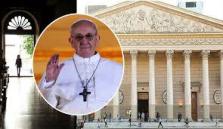
 and drinks. (matt , malbec wine)
and drinks. (matt , malbec wine)
Debe estar conectado para enviar un comentario.